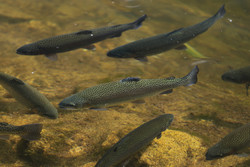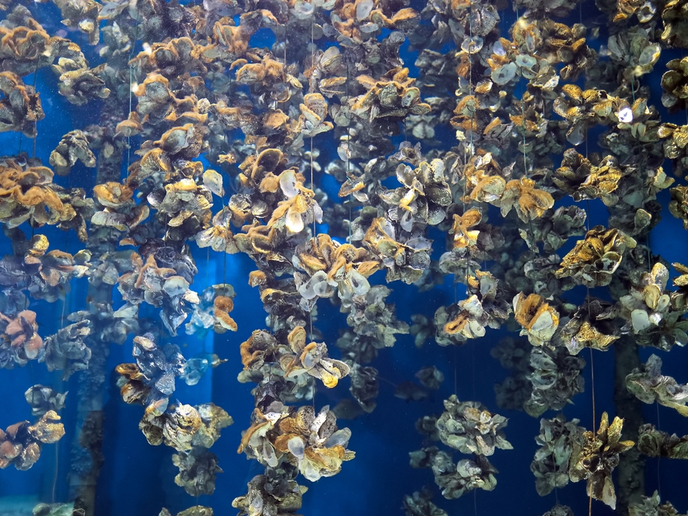Lower costs and improved water quality for aquaculture
Aquaculture is a major European industry, producing around 1.3 million tonnes of fish a year, with a value of around EUR 2.9 billion. However, EU producers face stiff competition from other parts of the world. One answer to this challenge is recirculation aquaculture systems (RAS), which use minimal water, allowing fish farms to be sited anywhere, including urban areas. RAS use biofiltration to reduce ammonia toxicity and its main benefit is the ability to reduce the need for fresh, clean water, while maintaining a healthy environment for fish. Increased use of RAS depends upon continued improvements to the systems design, thereby lowering building and operating costs. Key improvements include enhanced management and surveillance of the biofilter contained in RAS. This was addressed by an EU-funded initiative that developed a multi-sensor unit to measure water quality parameters and combined it with an intelligent monitoring and advice system. The AQUALITY(opens in new window) (Multi-sensor automated water quality monitoring and control system for continuous use in recirculation aquaculture systems) project was set up to improve the profitability of RAS through improved monitoring and management of water quality and biofilters. The AQUALITY system comprised a local monitoring system for measuring key water quality parameters within the RAS and a local database to collate and review data on the RAS performance at the farm. It also involved a miniaturized automated colorimeter analyser (MACA) for measuring ammonia and nitrate levels in RAS water. A web application was also included that allowed farmers to upload their data to a central ‘expert database’. The web-based application enabled access to data from the expert database for analysis and provided recommendations and advice on how fish farmers can improve RAS performance. The farm control software can also be used to compare performance with other similar farms. AQUALITY developed a cost-efficient multi-sensor unit that measured water quality parameters in fish farms. This monitoring and advice system was coupled to an intelligent automatic control system, which contained built-in knowledge of the farmed species. The work carried out by the consortium will enable EU aquaculture to maintain its high standards, while successfully competing in the global marketplace.







